[Hong Kong to and from Hong Kong] Hung Hom Funeral Parlour - Life and Death in the Bustling City
In the years before the high-speed rail was opened to traffic, Hung Hom Railway Station was basically a mainland student from the Greater Guangdong area and Beijing and Shanghai. This was the first stop directly to Hong Kong. After all, with a lot of luggage, who would like to go through Shenzhen again. As an important station of the East Rail, Hung Hom also uses the Hung Hom Tunnel between Kowloon and Hong Kong Island, attracting many mainland students from Polytechnic, Baptist University, City University and even CUHK to rent.
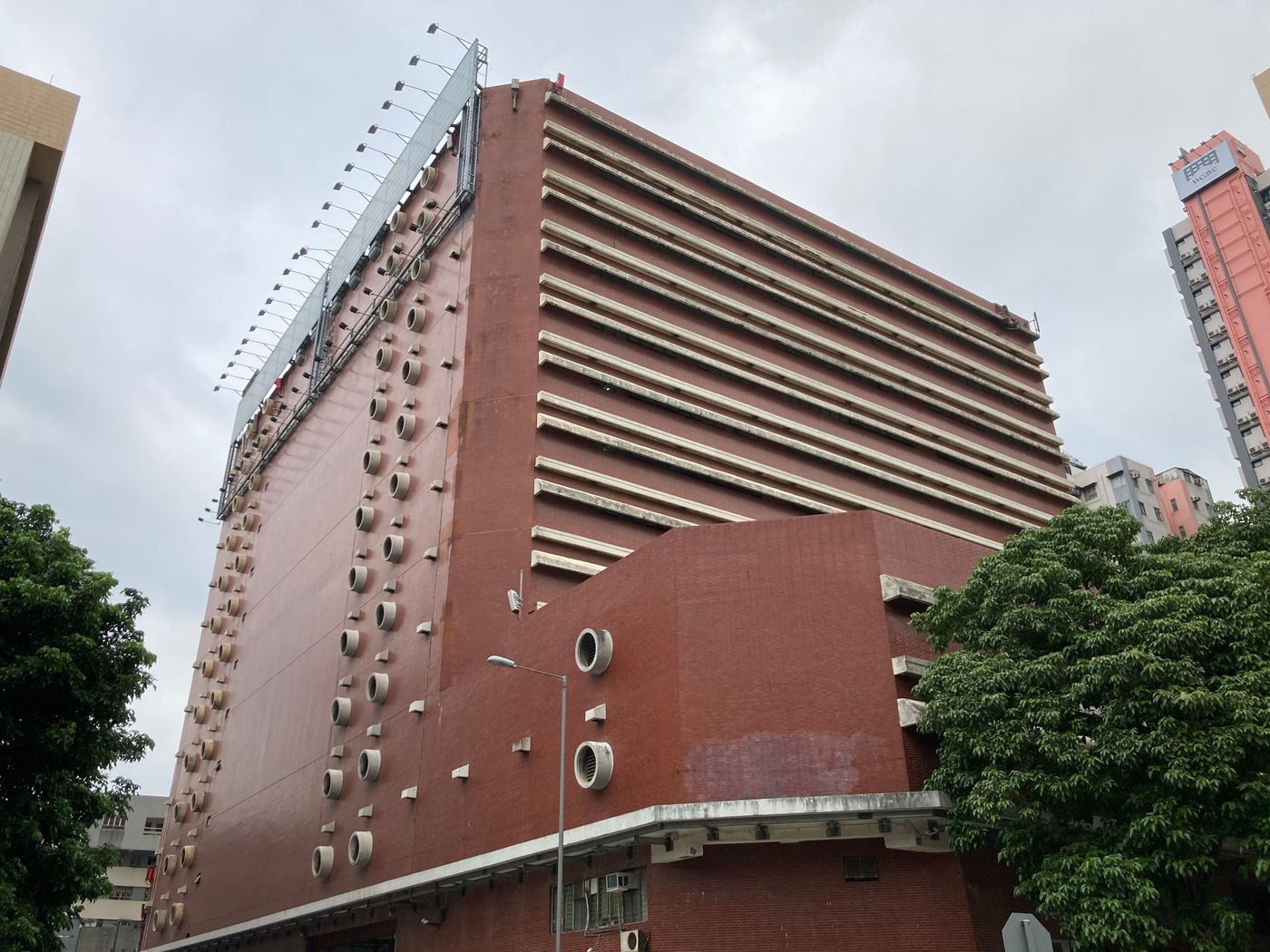
Hung Hom is adjacent to the tourist mecca of Tsim Sha Tsui, which is full of commercial buildings. There are Harbour City, K11, jewelry stores, five-star hotels and a dazzling pharmacy. But even in the peak tourist season, the small and narrow streets of Hung Hom still maintain the local atmosphere of life. Probably, the most direct persuasion for most tourists is the funeral home separated by two places where strangers should not be near.
The local "fireworks" in Hung Hom mainly comes from the three funeral parlors in the district: Universal Funeral Parlour, Universal Funeral Parlour and World Funeral Parlour. It’s not secretive at all. The three large buildings of Dalala are built under the road beside the overpass. Whether you are walking on the overpass to go to the history museum to tell stories to children, or you are going to cross the sea by car, you can’t escape. See the funeral home.
Hong Kong people generally refer to funeral homes as "big hotels" as taboos. After all, it is a place where everyone must stay for one night at the end of their journey.
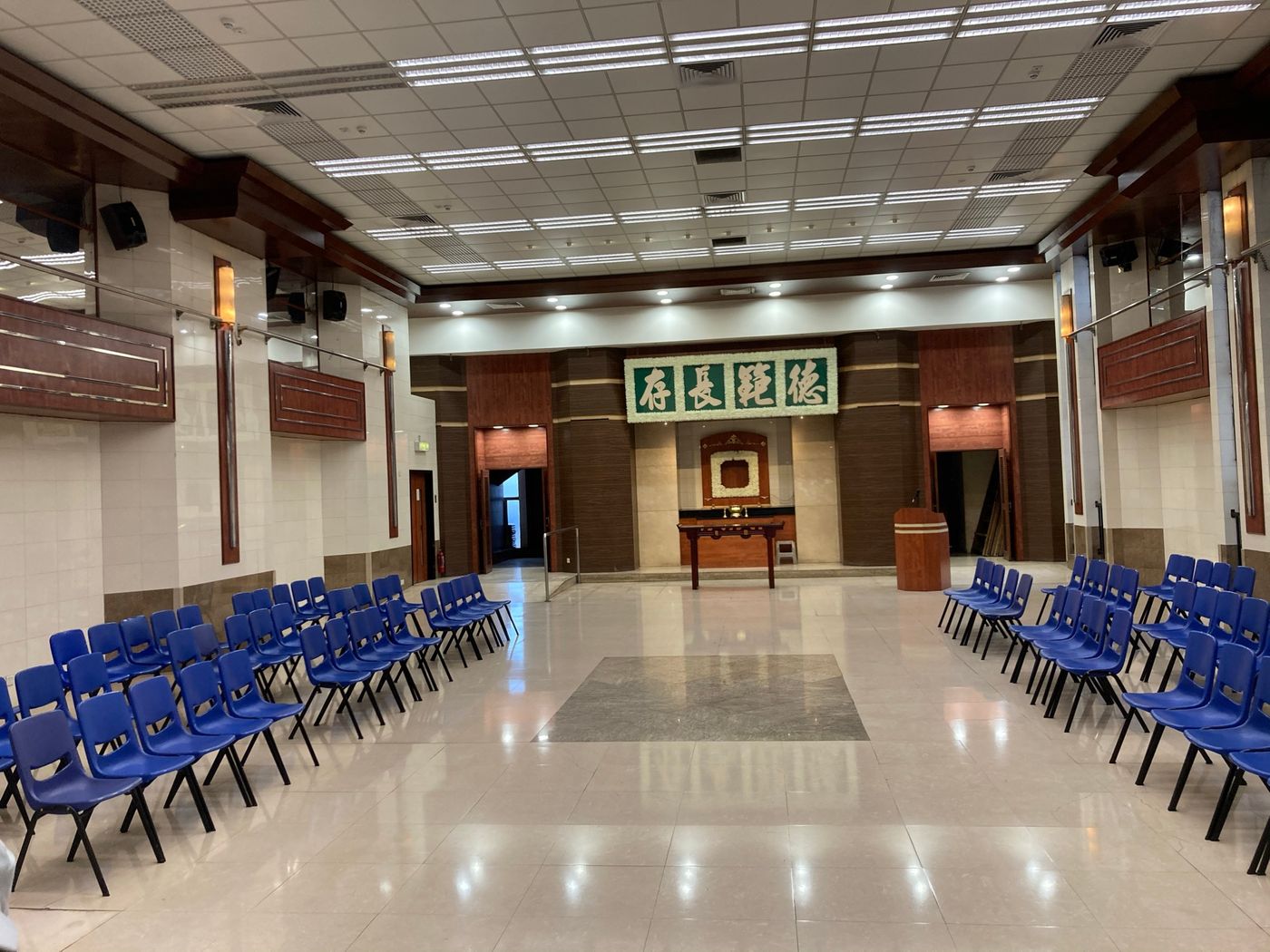
Even with the nearby Laolongkeng Street, it has been extended to the funeral industry in Huangpu District, where there are coffin wreath paper figures (even paper LVs, paper luxury cars, paper luxury houses and Pakistani security guards at the door), Wherever you go, it's black and white. Even the diners sitting in the cafeteria may wear filial piety clothes and eat while wiping away tears. From this, a bunch of ghost stories emerged. A bunch of people came out of the pier of the Sci-Tech flyover in the middle of the night, and a hearse that was obviously empty moved by itself. These ghost stories were randomly searched.
Different beliefs have different ideas about ghosts and gods. Hong Kong is a small place, but there are many customs, not only Chinese, but also foreign. As a funeral home in an international metropolis, it naturally has to have corresponding international services, so these funeral homes also prepare a variety of ceremonies.
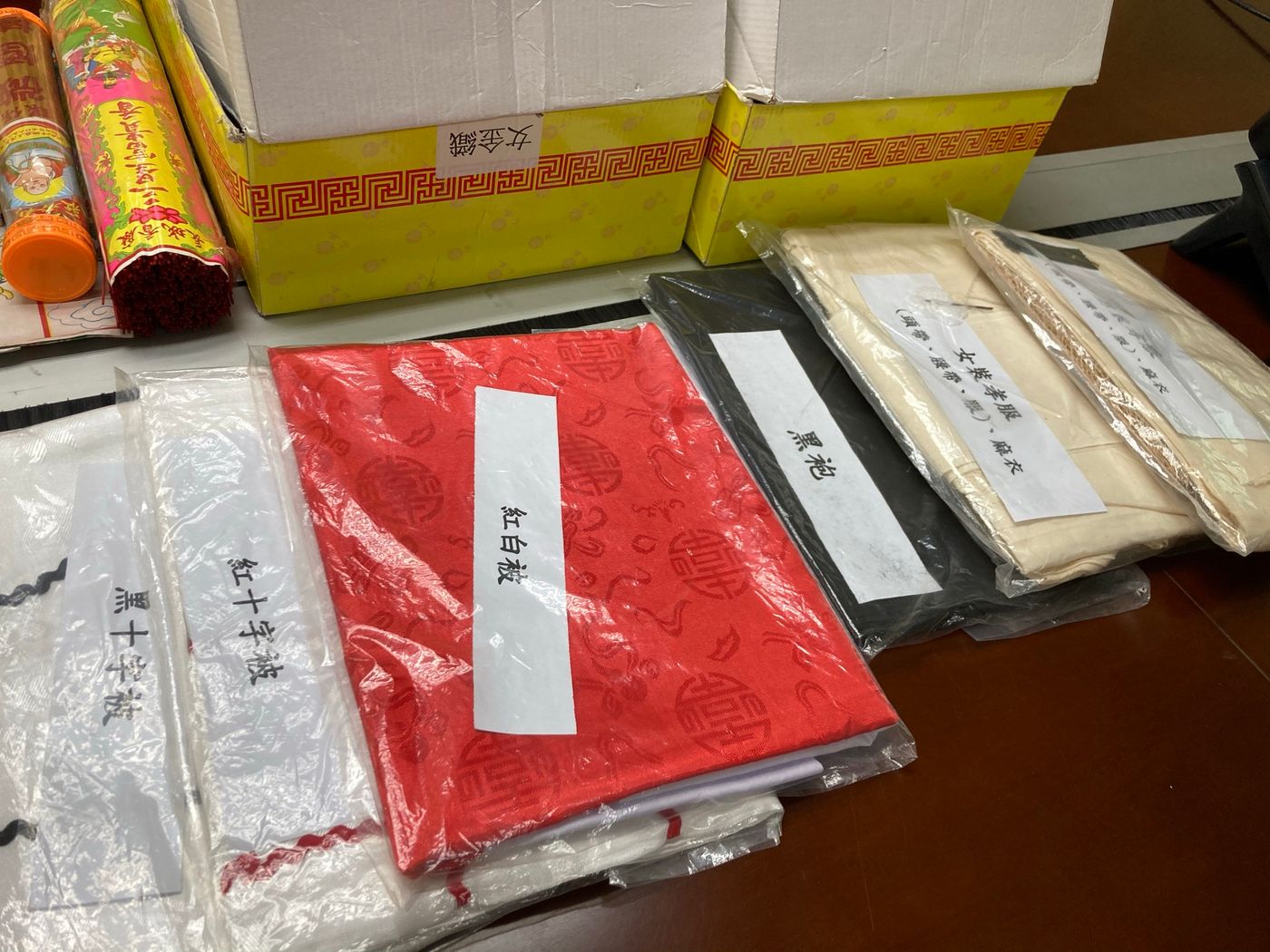
Those who believe in Buddhism should recite sutras, those who believe in Buddhism should seek Taoist priests, those who believe in God should ask for holy water, and Islam and Islam have another set of practices. The selected coffins and memorial rooms are also rich and frugal. There are two types of coffins, Chinese and Western, as well as environmentally friendly coffins mainly made of paper. Generally speaking, Chinese-style coffins are a little more expensive, because Chinese-style coffins are solid wood, heavy and heavy, unlike Western-style wooden coffins, so the black coffin-carrying dance troupe can carry Western-style coffins and dance In the whole world, you must not carry a Chinese-style wooden coffin to the next stage.
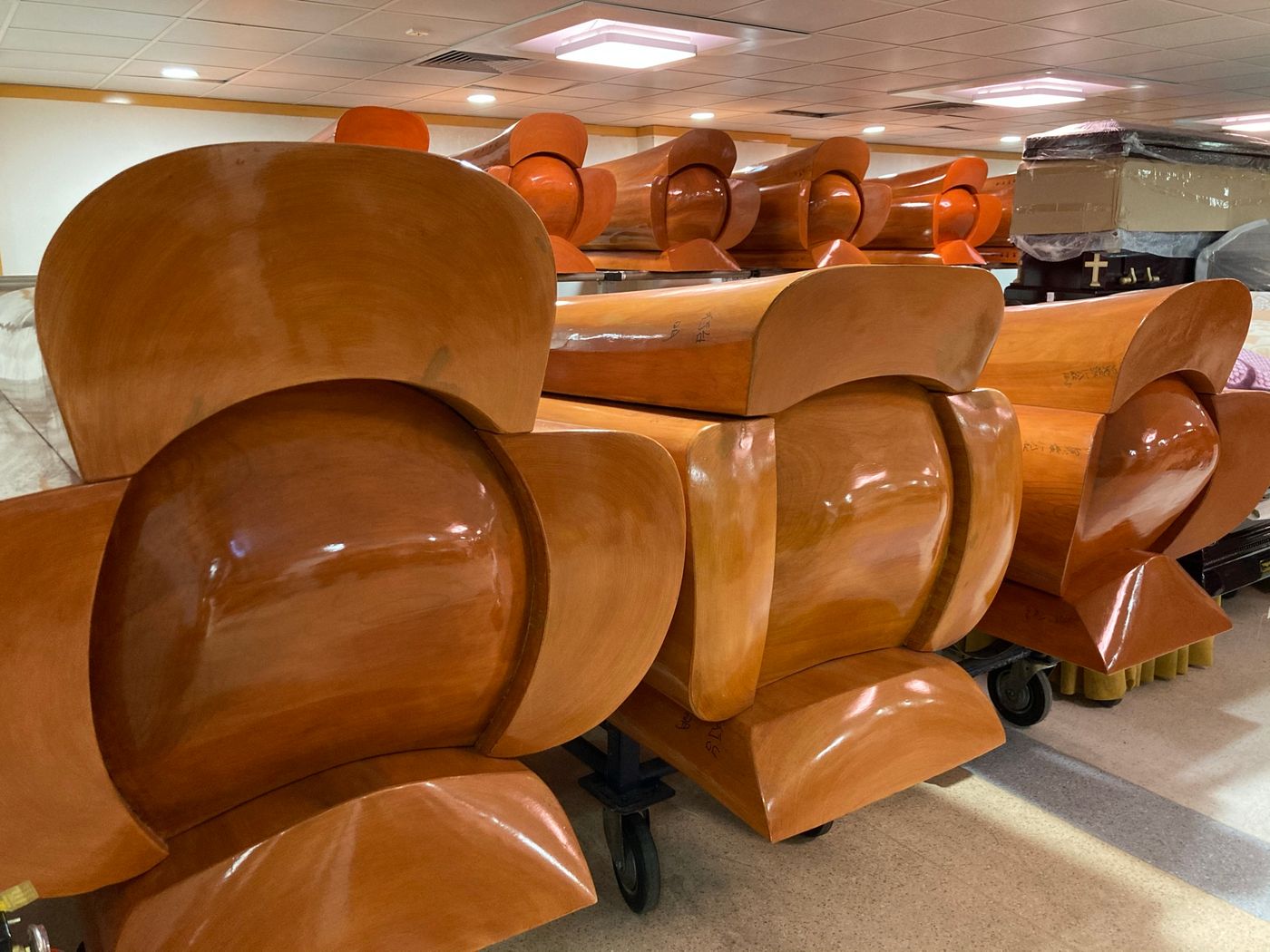
Environmentally friendly coffins have also become mainstream in recent years. They are cheap, easy to burn, and environmentally friendly. They are mainly made of paper. They are almost indistinguishable with the naked eye when placed together with ordinary coffins. There are all kinds of coffins, and the prices are far from each other. The price of each coffin is different. Just glance at the showroom. The expensive one can go to 78,000, and the cheap one can get a pair of more than 10,000. The living conditions of Hong Kong people are very different when they are alive, and the same is true when they die.
Rich and poor are not necessarily determined by heaven, but life and death must be impermanent. In case of death in Hong Kong, there are basically three ways to deal with the body: burning, burying or airlifting to other places. Other options such as sky burial, garden burial, and water burial do not exist. I originally thought that there are many people on the water in Hong Kong, and there may be a water burial culture in some places. Later, I found that this is an illusion that I have watched too many TV series. The floating families in Hong Kong have been assimilated by Cantonese culture very early, so the customs of burial are the main ones. The scene where the male protagonist puts his lover on a raft full of flowers and watches while wiping tears, or the scene where the sailors push their companions down the sea with a solemn face, at least not today in Hong Kong. Although the body cannot be pushed directly into the sea, the ashes can be buried at sea. The ashes can be buried in the east of Donglongzhou or south of the West Boliao Strait, packed in transparent bags made of soluble materials, pushed into the sea from the ship, and slowly sinking. The bag will dissolve in about 15 minutes, and the ancestors' The ashes are literally scattered in the sea.
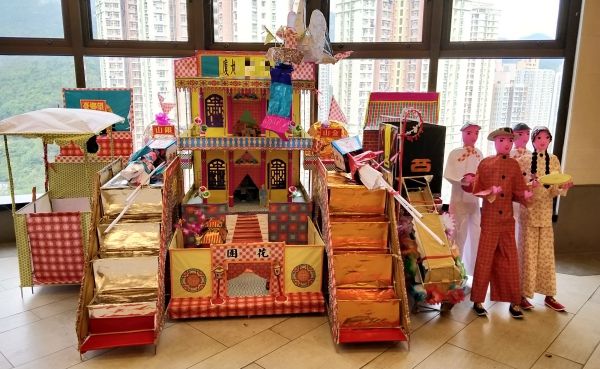
So you really can't watch too many TV series, and there won't be a scene where the hero scatters the heroine's ashes in the sea with a hurt face. Not to mention the question of whether it will be eaten if the wind direction is changed by half of the sprinklers, the real cremated remains are not really dusty, but small pieces, which are difficult to sway.
In addition to sea burials, the recently popular ashes memorial gardens allow the ashes to become one with nature. There are relatively more traditional burial terms, and different cemeteries have different prices and time limits. When the time limit is reached, bone removal is required.
Walking in Hung Hom, be it the docent of the funeral parlour, the uncle who does the wreath or paper tying business, or even the aunt of the tea restaurant, talking about life and death is more detached than outsiders. The uncle of the paper shop said to the customers, "It's always impermanent, so everyone should think about it earlier."
If you think about it carefully, you are right. An epidemic has seen how many joys and sorrows in the world. So sometimes it's quite reasonable to think about what kind of funeral you want when you are free. After all, a wedding has to be very serious more than once in a lifetime, not to mention a once-in-a-lifetime event like a funeral. If possible, it would be better to make the memorial service the last party in life. Guests follow their own beliefs, fall in love with incense, recite sutras, and draw crosses. In any case, please tell me one thing that makes you happy when you are with me.
Remember to broadcast Eason Chan 's "How Good to Live" at the funeral, just for that sentence: If you want to cry, please remember to fill the room with guests and tell a joke to commemorate me.
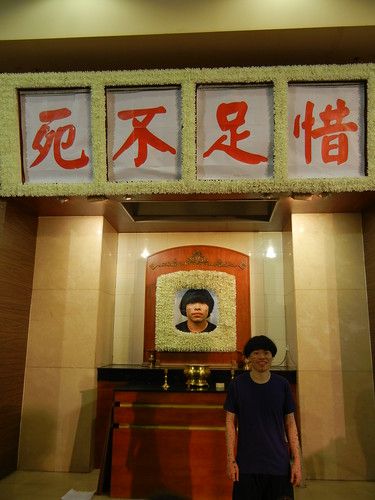
In fact, there is really a Hong Konger who has the same idea as the author. His name is "William Outcast Chan", an artist suffering from rare skin cancer. A few years ago, he became the first person in Hong Kong to hold a funeral before his death , and he even invited a live band to add to the fun. The whole process was quite "spooky". Still "waiting to die", he founded the NGO "Death" (Cantonese means dead thing, bad guy), which is "Say-Yeah" in English, counseling some people who are dying or intending to commit suicide, "to persuade life with death" way to unravel the veil of death.
Author: Meng Rabbit
Like my work? Don't forget to support and clap, let me know that you are with me on the road of creation. Keep this enthusiasm together!



- Author
- More